Supporting Pollinators – How to Help local bees, butterflies, HUMMINGBIRDS, and more
Pollinators are essential for the health of our environment and the survival of many species, including humans. These tiny heroes pollinate 75% of the world’s flowering plants and contribute to 35% of global food production. Incorporating pollinator-friendly plants and practices into your property can significantly support their populations.
Native Plants: The Cornerstone of Pollinator Support
Native plants have evolved to thrive in their local environments, requiring minimal chemical intervention while providing essential resources for pollinators. Pollinators are attracted to vibrant colors and open flower structures that allow multiple pollinators to easily land and feed simultaneously on the same plant.
These native perennials support pollinators in your area while adding beauty to your landscape:
1. Aster Flowers
Asters are late-season perennials that offer vital pollen and nectar sources for bees, syrphid flies, and occasionally butterflies. Their flowers add stunning autumnal beauty in hues from pale blue to deep violet.
2. Sweetspire
This shrub produces cascading white flowers from late spring to early summer, which attract bees and butterflies and shelter birds and small mammals. Its dense branches make it a popular choice for wildlife-friendly landscaping.
3. Blue Sage
Fragrant and vividly colored, blue sage draws bumblebees, butterflies, and smaller insects like thrips and leafhoppers. It’s a dependable addition to a pollinator garden.
4. Cardinal Flower
The vibrant red blooms of the cardinal flower attract hummingbirds, bees, and butterflies. This nectar-rich native plant provides a reliable food source for these species.
5. Butterfly Weed and other milkweeds
Butterfly weed stands out with its vibrant orange flowers. It attracts a wide range of pollinators, including butterflies, moths, hummingbirds, bees, and wasps, making it a vital addition to any garden.
Butterfly milkweed is not the only type of the Asclepias family that attracts pollinators. Numerous milkweed species can be found across the United States, each exhibiting unique growth traits and different levels of appeal to pollinators. For example, some species may grow taller, attract more monarchs for egg-laying, or vary in their distribution throughout the landscape.
In the Midwest, several milkweed species, including tall green milkweed (A. hirtella), swamp milkweed (A. incarnata), showy milkweed (A. speciosa), common milkweed (A. syriaca), and whorled milkweed (A. verticillata), serve as crucial host plants for monarch butterfly caterpillars. Female monarchs lay their eggs on these milkweed plants. Furthermore, the flowers of milkweed provide valuable nectar for bees, butterflies, and other beneficial insects. By planting milkweed, individuals can help create habitats that support monarchs and attract various pollinators.
6. Blazing Star
Planting various species of blazing star (Liatris) in a landscape creates a continuous nectar source for pollinators throughout the summer and fall. Different Liatris species, such as the dense blazing star (L. spicata), eastern blazing star (L. scariosa), and scaly blazing star (L. squarrosa), bloom at slightly different times during the summer and fall, ensuring a consistent food supply for bees, butterflies, and other beneficial insects.
7. Coneflower
Purple coneflowers establish mutually beneficial relationships with long-tongued bees and monarch butterflies. This resilient native perennial is also available in lavender (Echinacea pallida) and yellow (E. paradoxa) varieties, providing versatility for garden designs.
8. Wild Hydrangea
Eastern bumblebees, hairstreak butterflies, and azure butterflies pollinate the lush white flowers of wild hydrangeas. Their beauty and ecological importance make them a valuable addition to any landscape.
9. Viburnum
Although viburnum blooms are short-lived, their white flowers attract a diverse array of pollinators, including hoverflies, tachinid flies, long-tongued bees, and occasional butterflies and moths.
Bee-Friendly Practices
In addition to planting natives, consider adopting these practices to create a haven for pollinators:
- Minimize Chemical Use: Pesticides and herbicides can be harmful to pollinators. Opt for natural pest deterrents like garlic, corn gluten, and kaolin clay. Plants such as mint, marigolds, lavender, and alliums repel pests while still being friendly to pollinators.
- Ensure year-round food sources in your garden by including plants that bloom at various times throughout the year to provide continuous nourishment for pollinators.
- Create Habitats: Leave areas of bare soil, fallen logs, or dead stems to support ground-nesting bees and other pollinators.
Why Choose Native Plants?
Native plants are essential to healthy ecosystems. Compared to non-native species, they are more resistant to diseases, adapted to local climates, and better able to support native pollinators.
Forrest Keeling Nursery specializes in growing hardy, native plants using their patented RPM production method, which guarantees high survivability and accelerated growth. By incorporating native plants and practices that support bees, you’ll help pollinators flourish and enhance the overall health of your local ecosystem. Begin today to create a lasting impact!
